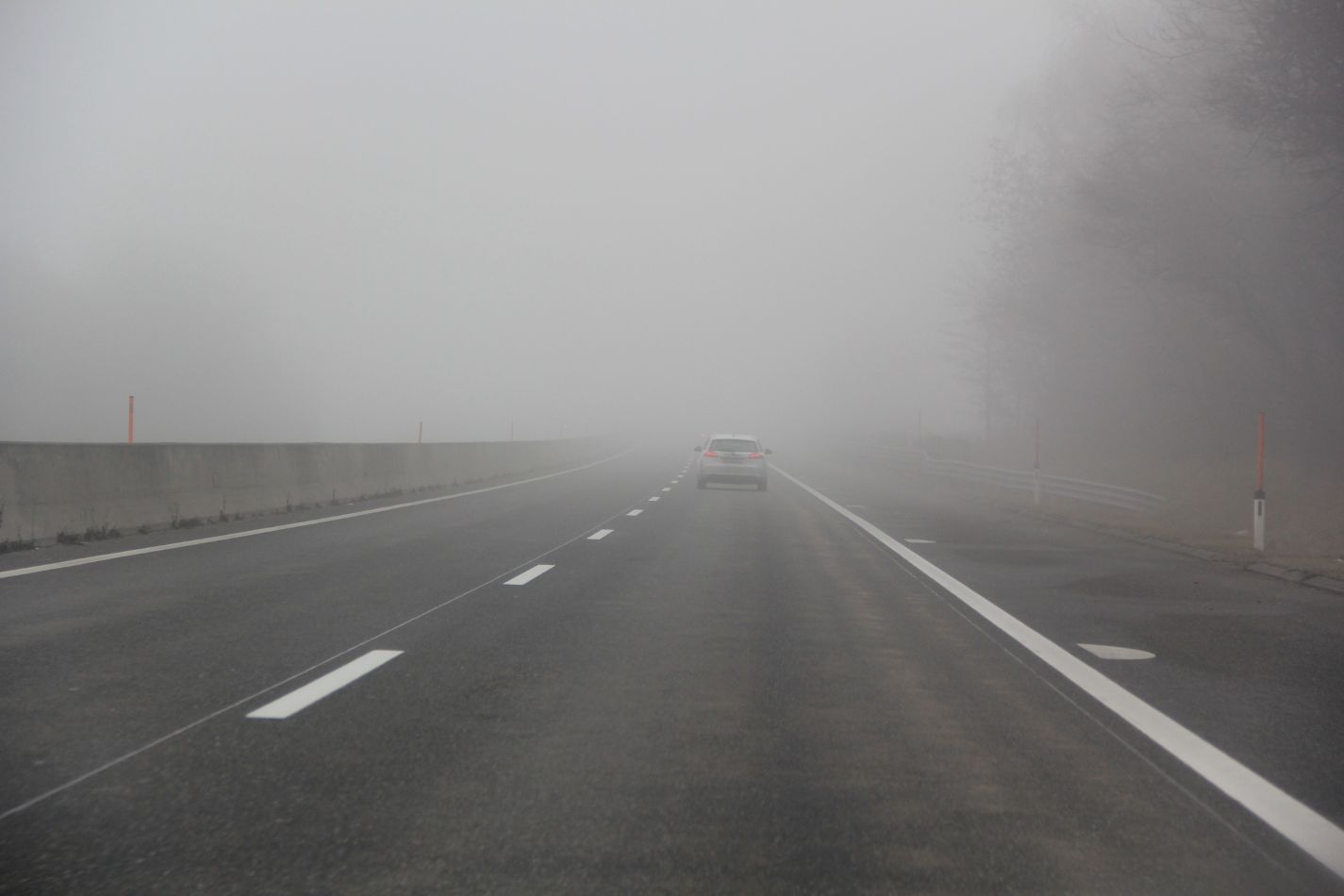The road visibility distance is defined by the Highway Code as the minimum distance that must be guaranteed so that a driver can spot an obstacle in time and take the necessary maneuvers to avoid it. This concept is fundamental in road design, as it directly affects the safety of road users.

There are different types of visibility, each with a specific meaning:
- Frontal visibility: what a driver sees directly ahead, essential for straight-line driving and for following road signs;
- Lateral visibility: crucial at intersections, it allows drivers to spot vehicles or pedestrians coming from side roads or crossing directions;
- Longitudinal visibility: the distance required to stop safely according to driving speed, especially important on downhill or curved sections.
An inadequate visibility distance increases the risk of accidents, especially for pedestrians and cyclists, who often are not seen in time. Ensuring proper visibility means making the urban environment safer for all road users.
Factors affecting visibility in cities
Road visibility can be compromised by several factors, especially during winter months, when weather conditions—such as rain, fog, ice, and mist—greatly reduce drivers’ visual capacity. According to data from ARPAV, fog and poor visibility are among the most frequent causes of accidents during the cold months.
In addition to environmental issues, poor public lighting or hard-to-see road signs are also problematic: a broken lamp or a faded sign can become a real hazard, especially in high-traffic areas.
Finally, physical obstacles should not be underestimated: untrimmed trees, vehicles parked near intersections, or blind curves can completely block the view, making it impossible to anticipate the actions of other road users.
The problems with vertical signage and its impact on visibility
Well-designed and maintained vertical signage is an essential tool for urban safety. However, in everyday life it is not uncommon to encounter signs hidden by vegetation, poorly lit, or incorrectly positioned.
According to the UNI EN 1436 standard on signage visibility, the effectiveness of a sign depends on factors such as size, height from the ground, and backlighting: when these parameters are not respected, signage becomes difficult to interpret and therefore useless.
Moreover, time and wear damage reflective materials, making signs hard to see, especially at night or in adverse weather conditions. Poor maintenance can thus have serious consequences near dangerous intersections, where even a few seconds’ delay in visual perception can determine the outcome of an accident.
How to improve visibility distance
To effectively address the issue of urban visibility, an integrated approach combining maintenance, monitoring, and technological innovation is necessary.
First, it is essential to carry out regular maintenance of vertical signage, promptly replacing damaged or worn-out signs. Another step is to check and remove visual obstacles, such as overhanging branches or vehicles parked near critical points.
Finally, a real step forward comes with the installation of smart devices capable of supporting visibility in any weather condition. Among these solutions is Safe Join: the innovative mirror that guarantees visibility even in the presence of ice or condensation.
Safe Join: an innovative solution for urban visibility
Safe Join is a road mirror designed to improve safety at the most critical points in the city, such as blind curves and intersections. Its efficiency lies in an advanced technology that prevents condensation and ice formation thanks to a patented system.
What truly makes Safe Join unique is its solar-powered operation, making it completely autonomous and installable even in areas without connection to the electrical grid.
Its advantages include:
- Continuous operation in all seasons, with no need for manual intervention;
- No need for electrical maintenance, thanks to the integrated battery;
- High resistance to weather conditions, tested in real-life situations;
- Ideal for urban intersections with low visibility, tight curves, company entrances, or parking lots.
With Safe Join, the approach shifts from a reactive to a proactive logic, where accidents are prevented before they happen.
Safer roads start with clearer visibility
Road visibility distance is not just a technical measure, but a concrete indicator of urban safety. Improving it is a responsibility shared by administrations, planners, and citizens.
Investing in innovative technologies like Safe Join not only reduces accidents, but also helps build more sustainable and aware mobility, in line with the principles of smart mobility and shared safety.
👉Contact us to request the installation of Safe Join and contribute to the safety of your neighborhood.